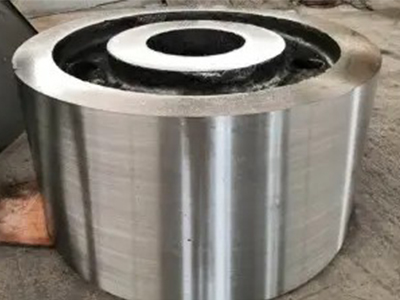- Advantages of Wear Resistant Manganese Steel Castings
- Effectively improve the quality in the process of cast steel production
- Carbon Steel Casting Alloys
- Introduction of cast Iron Materials
- What are the cleansing methods for stainless steel precision casting?
- Key factors of Gear Machining by stainless Steel Precision casting
- Factors affecting machine tool castings
- Process Classification of Precision casting
- Precision processing method of pouring surfaces
- What should I pay attention to in the production process of stainless steel casting?
- Call : +86 13390692151
- sale@kfqizhongji.com
-
Room 1, No. 21, Chaoying East Road, Zhoushi,
Kunshan City, Jiangsu Province, China
What are the determination methods of stainless steel precision casting?
The position of the casting in the mold during the casting of stainless steel precision casting affects the quality, dimensional accuracy and molding process difficulty of the precision casting. So what are the methods for determining the pouring surface of stainless steel precision casting?

The method of determining the pouring surface of stainless steel precision casting is as follows:
1. The important processing surface or the main processing surface of the precision casting faces down or is located on the side: during pouring, the gas and slag in the liquid metal and the sand particles in the mold will float up, which may cause defects such as pores, slag inclusion, sand holes and so on in the upper part of the casting. the structure is more dense under the possibility of defects in the lower part of the casting.
two。. The large plane of the precision casting is poured downward or tilted: because the hot liquid metal has strong thermal radiation on the upper part of the mold, the sand mold on the top surface expands and even cracks, resulting in sand entrapment, sand holes and other defects on the large plane.
3. Thin wall of precision castings facing down, standing or tilting: in order to prevent cold insulation and non-pouring defects in the thin wall part of the casting, the thin wall with a larger area should be placed in the lower part of the casting, or in a sidewall or inclined position.
4. The main purpose of the thick part of the precision casting should be placed on the top or on the side of the parting surface is to facilitate the placement of the riser in the thick area.
Stainless steel precision casting is a casting process with little or no cutting, which is an excellent technology in the foundry industry, and it is widely used. For stainless steel precision casting pouring surface determination methods are mainly introduced above, we all need to understand our casting above determination methods.





